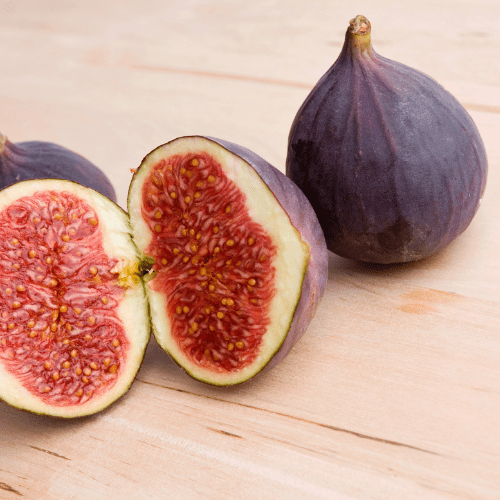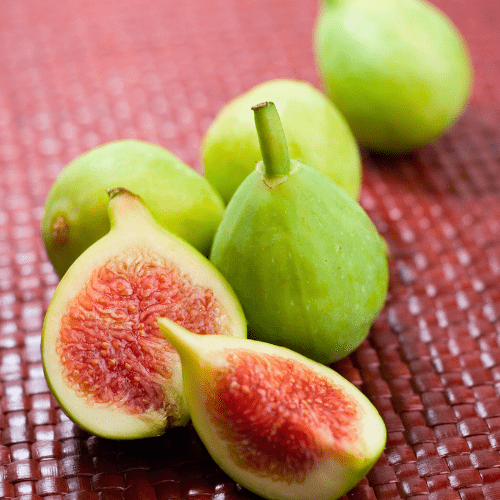Position
If you live in a cooler climate, consider planting the fig tree in a container, which allows for mobility and protects it from frost during the winter.
Choose a sunny spot with at least 6-8 hours of direct sunlight daily. Full sun exposure enhances fruit production and growth.
Place the tree in the hole, ensuring the top of the root ball (the same height as in the nursery bag) is level with the soil surface. Backfill with soil and water thoroughly.
Soil
Well-drained soil is crucial. The tree prefers sandy loam or loamy soil but can tolerate various soil types if adequate drainage.
Watering
Water the tree deeply but infrequently, allowing the top few inches of soil to dry out between waterings.
Young trees require more frequent watering until established, while mature trees can tolerate drought conditions.
Overwatering during fruit development or harvesting can cause the fruits to split.
Fertilising
A slow-release fertilizer with equal parts nitrogen, phosphorus, and potassium is a good choice.
Apply our slow-release all-plant fertiliser. Apply 1 teaspoon every 4-5 months. The roots will absorb what they need.
Mulch
Mulching around the tree’s base can help retain moisture and suppress weeds.
Use from 2 to 5 centimetres of pine bark mulch to protect the roots from UV damage and drying out. It retains moisture, and maintains an optimal pH. Do not let the mulch touch the plant stem, as it may cause infection or rot.
Pruning
Prune the tree in late winter or early spring before new growth begins. Remove dead or damaged branches and thin out crowded areas to improve air circulation and sunlight penetration.
Regular pruning encourages better fruit production and maintains the tree’s shape.
Pests and Diseases
Common pests include aphids, fig beetles, and scale insects. Regularly inspect the tree and treat infestations with insecticidal soap or neem oil. Fungal diseases like fig rust and leaf blight, can be an issue.
To minimize disease risks, ensure proper air circulation and avoid overhead watering.
Treat promptly or preferably use preventative measures by spray with agricultural Neem Oil or Effective Microorganisms (EM Control)
Harvesting
Figs are ready for harvest in late summer to early Autumn, depending on the variety and climate. The exact timing can vary based on local climate conditions, temperature.
Look for ripe figs that are slightly soft to the touch and have a rich color. Gently twist or cut the fruit from the stem to avoid damaging the tree.








